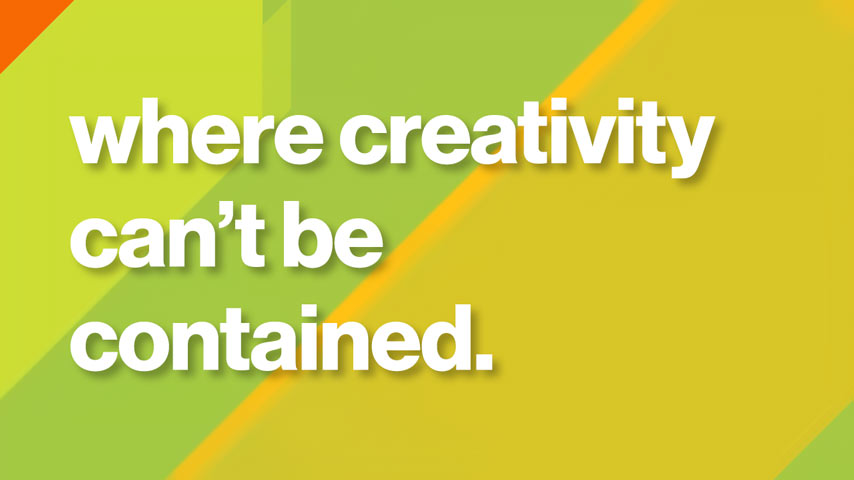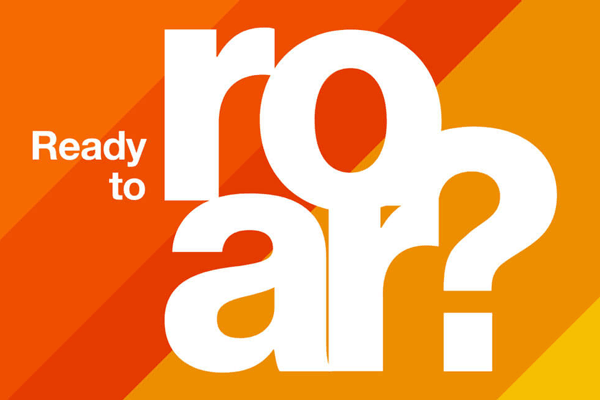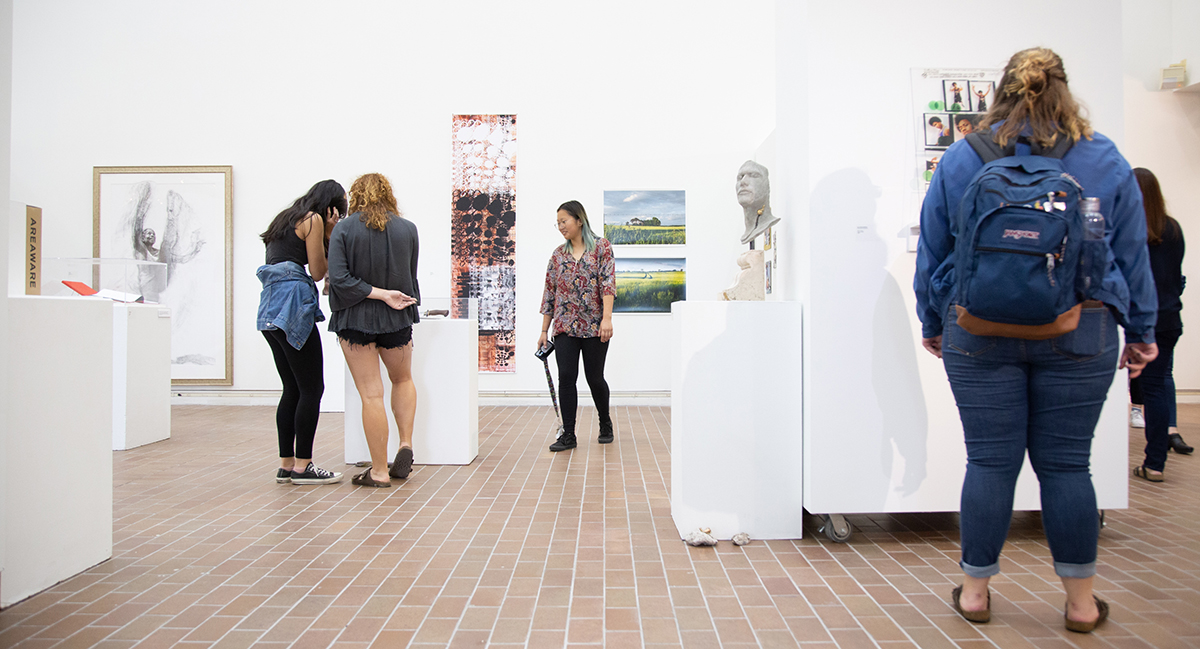Illustration Bachelor of Fine Arts Degree
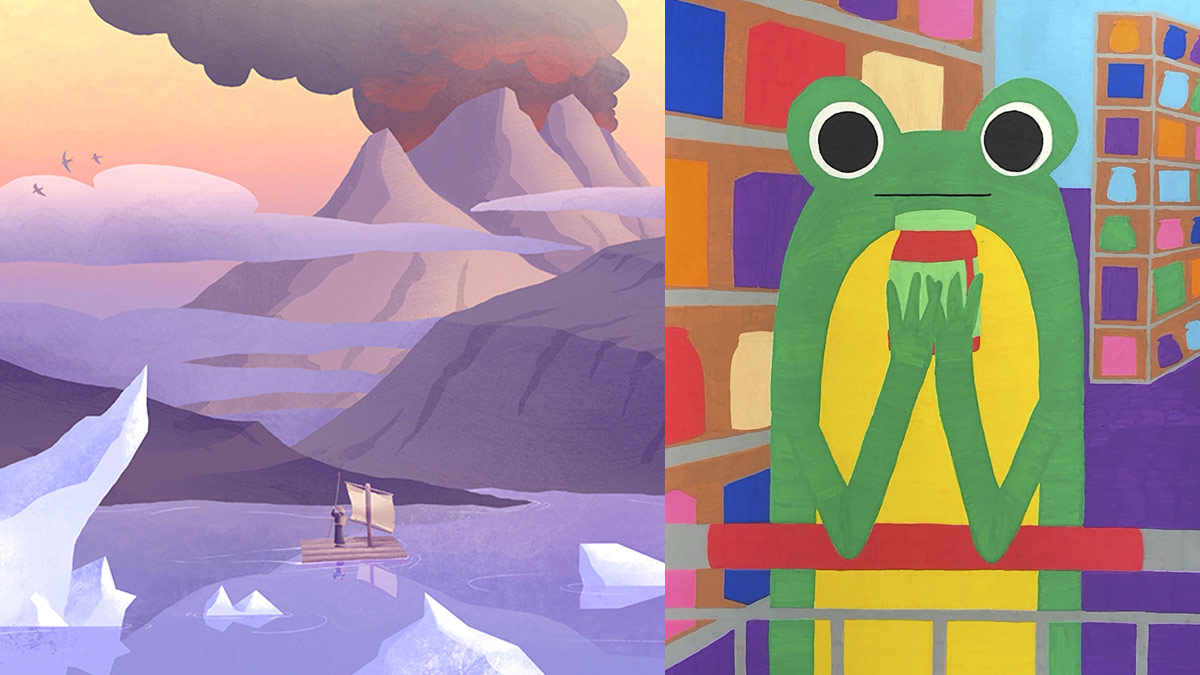
Illustration
Bachelor of Fine Arts Degree
- RIT /
- Rochester Institute of Technology /
- Academics /
- Illustration BFA
RIT’s illustration BFA degree combines traditional drawing, digital imaging technology, and sculpted dimensional methods for effective visual communication.
Overview for Illustration BFA
Why Study Illustration at RIT
Career in Games: Opportunities to explore your creative interests related to video games and collaborate with developers and fellow artists on game and digital media projects.
Portfolio Workshop: Participation in the annual Pre-College Portfolio Preparation Workshop.
Illustration is a form of visual communication that involves creating images to convey ideas, messages, or stories. It is a versatile art form that can be applied across various mediums and industries, including publishing, advertising, editorial, entertainment, and digital media.
RIT’s Illustration BFA
RIT's illustration major provides an educational environment that supports your creative development and helps you achieve your goals while preparing you for various careers in illustration.
While studying illustration, you will learn conceptual skills, professional practices, and narrative storytelling techniques while developing an individual style. These techniques and styles are then applied to produce illustrations suitable for advertising, publishing, editorial, and the service and gaming/entertainment industries.
Illustration program coursework emphasizes:
- Traditional drawing and painting skills
- The application of the latest digital media
- The use of dimensional media
Illustration Studies: Enhancing your degree with electives
You may select electives that enhance your illustration BFA and allow you to pursue an area of personal or professional interest. Electives are available in:
- Graphic design
- Illustration
- Graphic visualization
- Industrial design
- Interior design
- Fine arts studio
- Environmental design
- Ceramics
- Glass
- Metals
- Textiles
- Woodworking
- Film making
- Photography
- Imaging technology
To be eligible for these electives, you must complete the foundation program or have the permission of the instructor. Additional selections are offered as special topics courses
Interested in a Career in Game Arts?
We’ve got you covered. The illustration degree allows you to explore your creative interests related to video games. You'll have endless opportunities to collaborate with developers and fellow artists on game and digital media projects. Illustration alumni have gone on to establish successful careers as game artists. Learn how you can use the illustration degree to launch a career in game arts.
Pre-College Portfolio Preparation Workshop
The School of Art's annual Pre-College Portfolio Preparation Workshop is a two-week visual arts class designed to prepare the portfolios of rising high school juniors and seniors for admission to college art programs. Learn more about the Pre-College Portfolio Preparation Workshop, including information on workshop dates and how to apply.
Furthering Your Education in Illustration
Combined Accelerated Bachelor's/Master's Degrees
Today’s careers require advanced degrees grounded in real-world experience. RIT’s Combined Accelerated Bachelor’s/Master’s Degrees enable you to earn both a bachelor’s and a master’s degree in as little as five years of study, all while gaining the valuable hands-on experience that comes from co-ops, internships, research, study abroad, and more.
+1 MBA: Students who enroll in a qualifying undergraduate degree have the opportunity to add an MBA to their bachelor’s degree after their first year of study, depending on their program. Learn how the +1 MBA can accelerate your learning and position you for success.
-
Join Us for Accepted Student Open House
Visit campus on March 28 or April 11 to meet faculty, tour campus, and ask your questions.
-
Apply for Fall 2026
First-year students can apply for Early Decision II by Jan. 1 to get an admissions and financial aid assessment by mid-January.
Careers and Experiential Learning
Typical Job Titles
| Advertising Illustrator | Animation Artist | Architectural Illustrator |
| Art Director | Book Illustrator | Caricaturist |
| Character Designer | Character Concept Artist | Comic Artist |
| Concept Artist | Courtroom Artist | Digital Artist |
| Dimensional Illustrator | Diorama Artist | E-Learning Illustrator |
| Editorial Illustrator | Educational Design | Fashion Designer |
| Freelance Artist | Game Assets Illustrator | Graphic Designer |
| Graphic Novel Illustrator | Illustrative Designer | Motion Graphics Artist |
| Multimedia Illustrator | New Media Artist | Political Cartoonist |
| Presentation Illustrator | Production Artist | Sequential illustrator |
| Storyboard Artist | Technical Illustrator | Textbook Illustrator |
| Theater Set Artist | Visual Developer |
Industries
-
Journalism, Media, and Publishing
-
Performing and Fine Arts
-
Advertising, PR, and Marketing
-
Design
Cooperative Education and Internships
What’s different about an RIT education? It’s the career experience you gain by completing cooperative education and internships with top companies in every single industry. You’ll earn more than a degree. You’ll gain real-world career experience that sets you apart. It’s exposure–early and often–to a variety of professional work environments, career paths, and industries.
In the College of Art and Design, experiential learning includes cooperative education and internships, international experiences, multidisciplinary projects, industry partnerships, and more.
Cooperative education, internships, and other experiential learning opportunities are optional but strongly encouraged for graduate students in the BFA in illustration.
Creative Industry Days
Connect with Design Industry Leaders
RIT’s Office of Career Services and Cooperative Education hosts Creative Industry Days, which connects students majoring in art, design, film and animation, photography, and select computing majors with companies, organizations, creative agencies, design firms, and more. Creative Industry Days are a series of events that allow you to network with company representatives and interview directly for open co-op and full-time employment positions.
Featured Work and Profiles
-
Game Illustrator
Julie Toich '22 (Illustration) has created illustrations for multiple video games as part of multidisciplinary teams of RIT students.
Read More about Game Illustrator -
Editorial Illustrator
Doug Chayka Renowned freelance illustration Doug Chayka '96 has a client list that includes The Atlantic, Boston Globe, New York Times, New Yorker, Washington Post and many other publications.
Read More about Editorial Illustrator -
Society of Illustrators: Grace Bloom
Grace Bloom ‘25 (illustration) had a pair of works selected for the Society of Illustrators’ prestigious Student Scholarship Exhibit — a competition that accepted only 186 pieces out of 4,500...
Read More about Society of Illustrators: Grace Bloom -
Society of Illustrators: Kylie Russo
Kylie Russo '26 (illustration) had two pieces created in classes recognized by the Society of Illustrators.
Read More about Society of Illustrators: Kylie Russo -
Creating with Industry Illustrators
RIT's illustration program welcomed Leslie Cober for its annual multi-day Presto! workshop in January 2025. Students worked in teams to make a cohesive illustration series for use on soap boxes. Cober...
Read More about Creating with Industry Illustrators -
Spot illustration assignment
Remy Wilkins For an assignment in their Illustration II class, Remy Wilkins ’26 (illustration) visually interpreted a scenario in which humans and a pack of wild animals coexist in the same house.
Read More about Spot illustration assignment
Curriculum for 2025-2026 for Illustration BFA
Current Students: See Curriculum Requirements
Admissions and Financial Aid
First-Year Admission
First-year applicants are expected to demonstrate a strong academic background that includes:
- 4 years of English
- 3 years of social studies and/or history
- 3-4 years of mathematics
- 2-3 years of science
- Studio art experience and a portfolio of original artwork are required. View Portfolio Requirements for more information.
Transfer Admission
Transfer applicants should meet these minimum degree-specific requirements:
- Studio art or design experience and a portfolio of original artwork are required. View Portfolio Requirements for more information.
Financial Aid and Scholarships
100% of all incoming first-year and transfer students receive aid.
RIT’s personalized and comprehensive financial aid program includes scholarships, grants, loans, and campus employment programs. When all these are put to work, your actual cost may be much lower than the published estimated cost of attendance.
Learn more about financial aid and scholarships
Accreditation
Related News
-
September 24, 2025
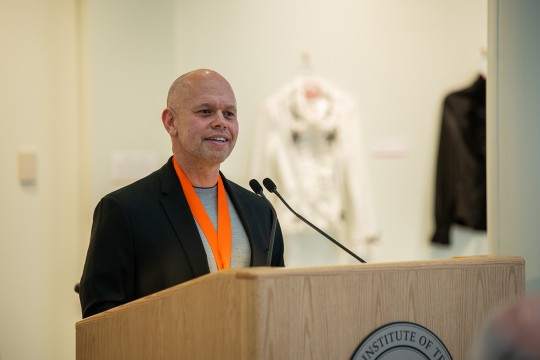
New School of Film and Animation director, faculty roles for 2025-26
Ricky Figueora taking over as the new director of RIT's School of Film and Animation headlines exciting promotions and additions to the College of Art and Design faculty.
-
July 18, 2025

Student Kathryn Arbegast debuts with "Infected"
Many college students spend their free time unwinding, but illustration major Kathryn Arbegast spent hers building a full-blown zombie outbreak. She recently published her debut novel, Infected. Read the full story from the Rush-Henrietta-Genesee Valley Penny Saver on pages 16-17.
-
May 9, 2025

Homeschool to Higher Ed: 18-year-old set to graduate from RIT
WHEC-TV features illustration student Eian-Gabriel Sinclair, who is set to graduate from RIT today at 18 years old.
Contact
- Chad Grohman
- Associate Professor, Art
- School of Art
- College of Art and Design
- clgfaa@rit.edu
School of Art










